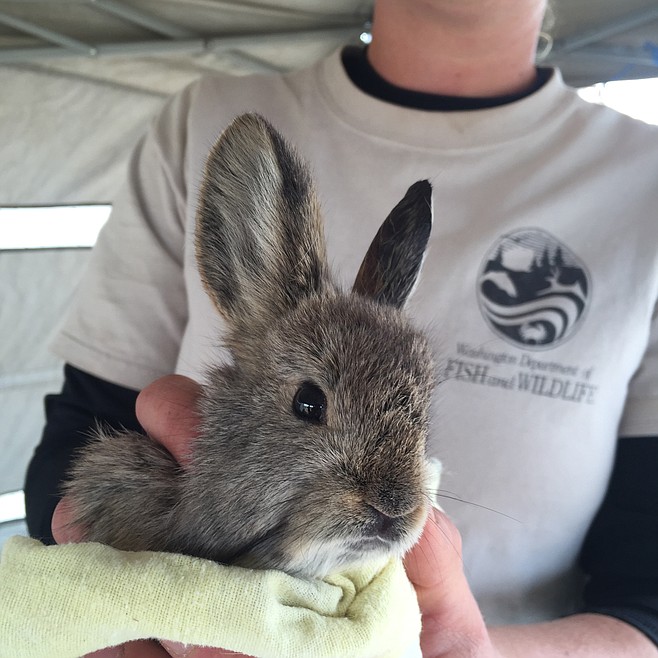America’s tiniest rabbit is hopping back home
|
April 26, 2020 11:47 PM
GRANT COUNTY — If, while hiking through certain stretches of sagebrush in northern Grant County, one were to see a silent flash of brown in the underbrush, it might be the continent’s smallest species of Leporidae, the pygmy rabbit.
Become a Subscriber!
You have read all of your free articles this month. Select a plan below to start your subscription today.
Already a subscriber? Login






